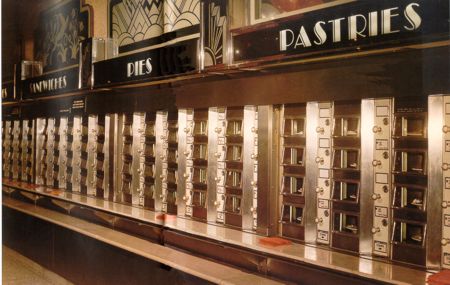 Image by By Julo (Own work) [Public domain], via Wikimedia Commons |
How big is small? |
Planck length. Never heard of it? It’s the smallest theoretically measurable distance in the universe. It’s equal to 1.616252 x 10-35 meters. To put that into perspective, that 10-20 times the diameter of a proton. Or, imagine 1.61625 with a decimal and 35 zeros in front of it. Wicked small.
So, why can’t smaller distances be measured? Good question. There’s the practical reason and the theoretical reason. The theoretical reason is that, due to some pretty trippy effects of quantum physics, space kind of gets loopy when you get smaller than a Planck length, and so any individual effect of an object less than a Planck length becomes impossible to tell apart from the spot next to it. Like I said, trippy.
The practical reason has something to do with the diameter of particles. Essentially, particles can only be used to measure objects larger than themselves with any kind of accuracy. One way to explain this is imagine yourself in a dark room with a statue on the other side. You have an endless supply of glow-in-the-dark basketballs to lob at it. Well, you can’t see the statue directly, but its position and basic shape can be extrapolated by the way in which the basketballs bounce off. For a little more accuracy, ping-pong balls can be used, but you’re still not going to get minutiae of the statue’s surface, like how may fingers it exactly has. Although it will be possible to tell that it’s arm is pointing to the right.
Ultimately the best spheres to lob at the statue are photons. This happens all the time — just flip on the light switch, and there’s the statue in the gallery, five fingers, reaching heavenward. And it’s made of marble to boot. A scanning electron microscope works the same way, only using electrons instead of photons.
But, even electrons and photons are too big to lob at something smaller than a Planck constant. It would be the equivalent of lobbing wrecking balls at our statue, and by the time we’ve discovered its position, there’s nothing left to describe.
So, how small can we go? A Planck length. But not quite yet.












